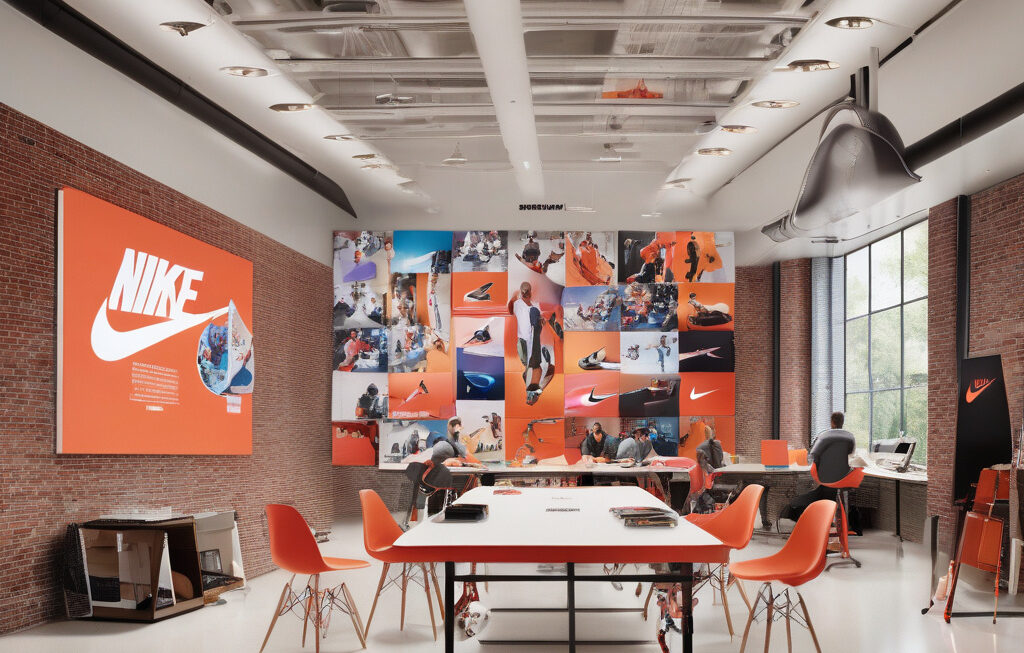How Running Went High Tech
In the world of running, the focus has shifted from simply lacing up your shoes and hitting the pavement to a more high-tech approach. Gone are the days when the biggest flex was sporting a pair of $285 Nike Alphaflys or a $150 Salomon technical vest. Today, the true status symbol among runners is showing up to the run club with a perfect recovery score on devices like the Oura ring or Whoop band.
These cutting-edge wearables have revolutionized the way runners approach their training and recovery. The Oura ring, for example, is a sleek and discreet device worn on the finger that tracks key biometrics such as heart rate variability, body temperature, and sleep patterns. By analyzing these metrics, the Oura ring provides users with valuable insights into their overall health and well-being, helping them optimize their training and recovery strategies.
Similarly, the Whoop band is a popular choice among elite athletes and recreational runners alike. This wrist-worn device goes beyond simply tracking activities and calories burned; it provides users with a detailed breakdown of their daily strain, recovery, and sleep quality. Armed with this data, runners can make informed decisions about when to push harder in their workouts and when to prioritize rest and recovery.
But it’s not just wearables that are taking running to new heights of tech-savvy. Apps like Strava and Garmin Connect have become essential tools for runners looking to track their progress, compete with others, and stay motivated. These platforms allow users to analyze their runs in detail, from pace and distance to elevation gain and heart rate zones. With features like segment leaderboards and virtual challenges, runners can push themselves to new personal bests and connect with a global community of like-minded individuals.
The integration of technology into the world of running has not only enhanced the training experience but has also opened up new possibilities for performance improvement. For example, the use of real-time coaching tools like NURVV Run insoles allows runners to receive instant feedback on their running form and technique. By making adjustments based on this feedback, runners can reduce their risk of injury and become more efficient and economical in their stride.
Furthermore, advancements in wearable technology have enabled runners to take a more holistic approach to their health and fitness. Devices like the Fitbit Sense and Apple Watch not only track running metrics but also monitor vital signs such as heart rate, blood oxygen levels, and even ECG readings. This comprehensive data empowers runners to make proactive choices about their health and well-being, leading to improved performance on the road or trail.
As running continues to evolve in the digital age, the line between athlete and technologist becomes increasingly blurred. The modern runner is not just a slave to their training plan but a savvy user of data and analytics to unlock their full potential. Whether it’s optimizing recovery with a wearable device or analyzing performance metrics with a smartphone app, technology has become an indispensable tool for runners of all levels.
So, the next time you lace up your shoes and head out for a run, consider how technology has transformed the sport. Embrace the power of data and innovation to take your running to the next level. Who knows, maybe one day your biggest flex will be not your gear or your speed but your mastery of the high-tech tools that have become essential for every modern runner.
running, tech, wearables, training, performance












